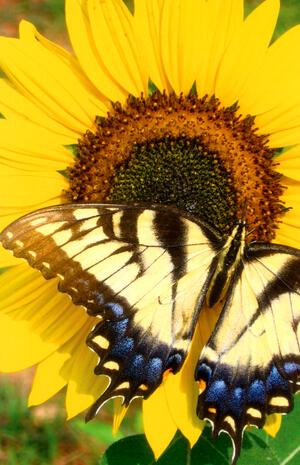This handbook is designed for Extension county agents and educators and Natural Resource Conservation Service (NRCS) personnel in the western U.S.
Most County Extension Agents and Educators get questions related to wildlife pests. These may be for backyard wildlife pests or they may be related to traditional or organic farmers or ranchers. The purpose of this handbook is to provide information and access to materials to address the most common wildlife damage questions Extension Agents receive.
Some techniques for traditional control of pest wildlife are often misused. For example, strychnine is commonly sold for “gopher” control and is often used to treat ground squirrel populations. Not only is strychnine illegal and dangerous for above-ground use, it is much less effective than other toxicants available. Questions about the use of electronic devices and repellents are commonly received by Extension Agents. While some may be effective under certain conditions, many are expensive and useless. These and other common misconceptions will be covered at this program.
Species and associated problems to be addressed include ground squirrels, pocket gophers, voles, skunks, bats, deer, snakes, woodpeckers and other birds.
Want more information? See the related SARE grant:
This material is based upon work that is supported by the National Institute of Food and Agriculture, U.S. Department of Agriculture through the Sustainable Agriculture Research and Education (SARE) program. Any opinions, findings, conclusions, or recommendations expressed in this publication are those of the author(s) and should not be construed to represent any official USDA or U.S. Government determination or policy.
